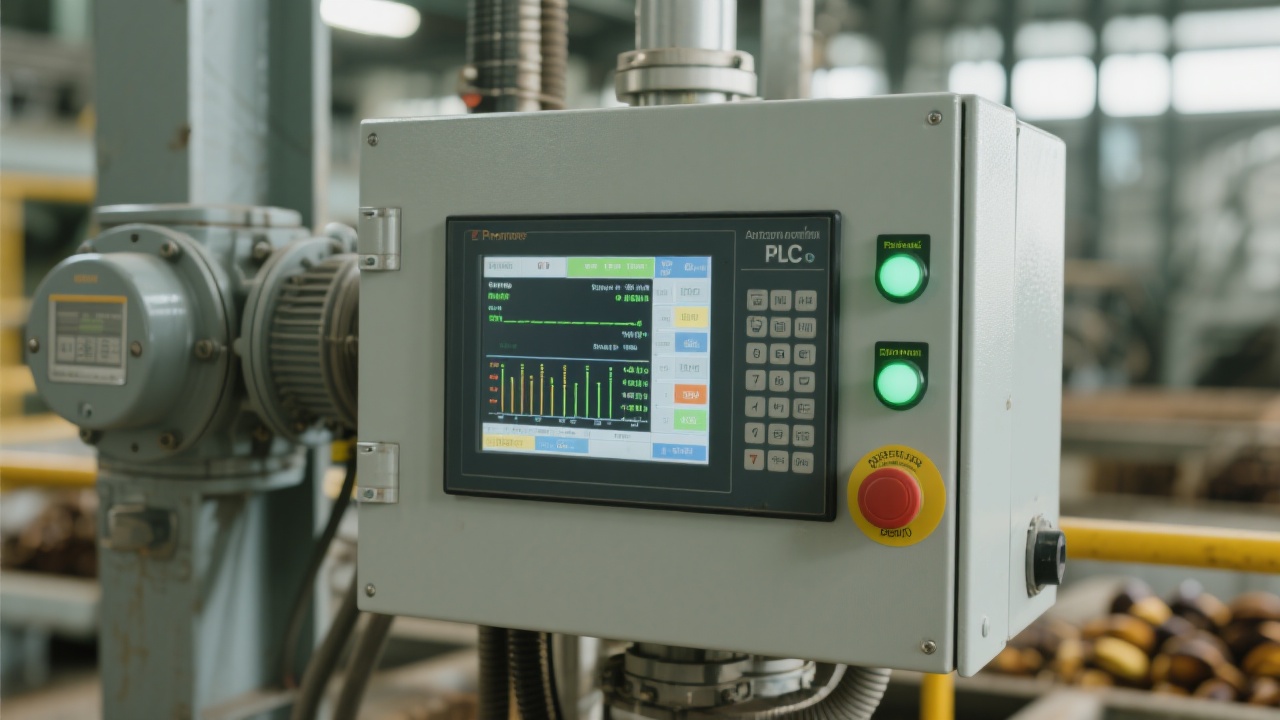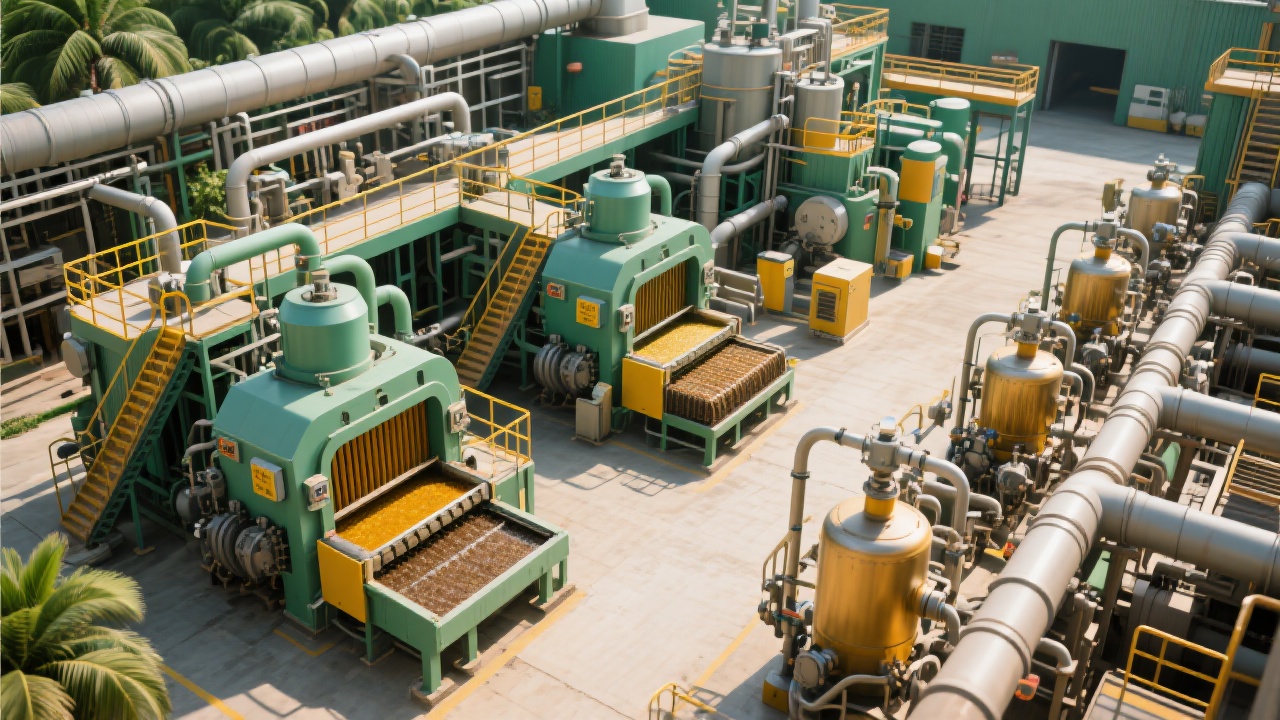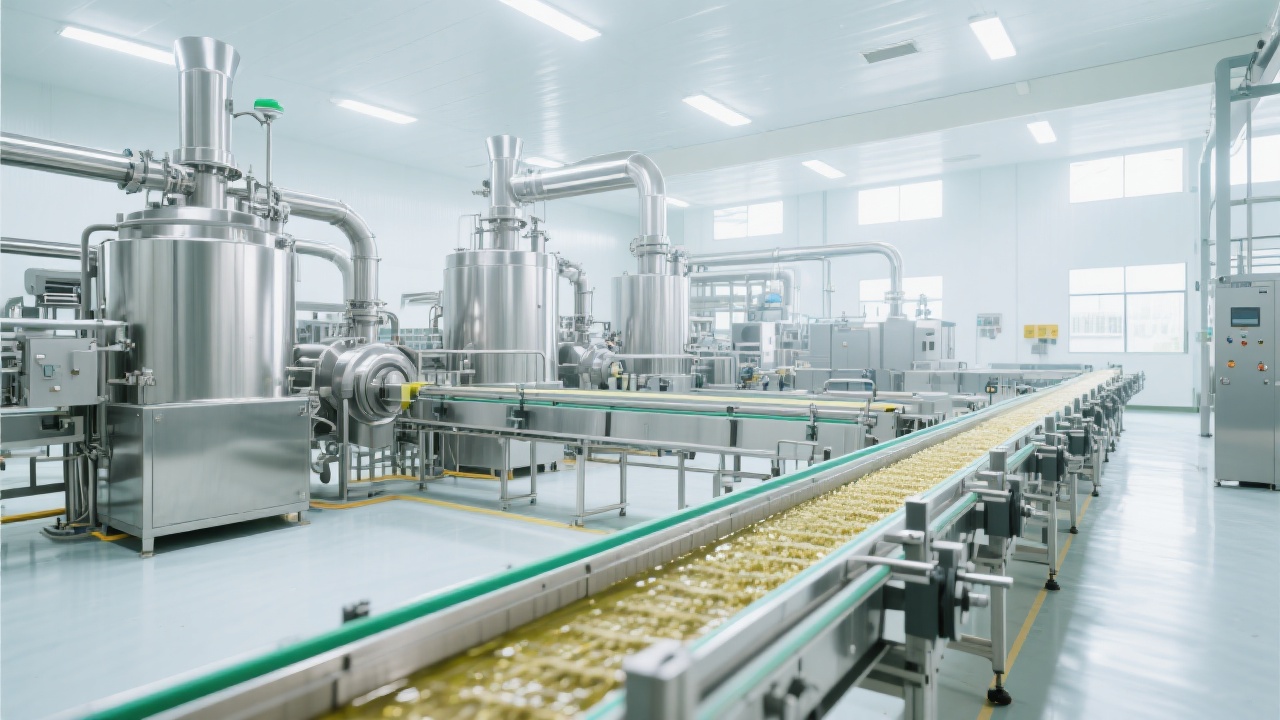Energy-Saving Refining Process Solutions: Practical Techniques to Achieve Steam Consumption Below 300kg/t Oil
2025-08-22
Application Tips
Optimizing the refining process is a critical step for palm oil processors aiming to enhance profitability and sustainability. This article provides an in-depth analysis of how to reduce steam consumption to under 300kg per ton of oil by refining temperature control, vacuum system efficiency, and automation parameter optimization. Drawing on real-world data from the Penguin Group’s equipment tests and frontline engineers’ experience, we offer actionable energy-saving strategies and operational guidelines. These proven methods enable you to significantly cut energy costs without compromising product quality, supporting palm oil producers worldwide, including in Nigeria, to advance toward greener, more efficient production.

Practical Guide to Palm Oil Refining Energy Efficiency: Achieving Steam Consumption Under 300 kg/t Oil
For technical managers and production supervisors in palm oil processing plants, mastering energy efficiency in refining isn’t just about cutting costs—it’s about elevating your enterprise’s competitiveness and sustainability footprint. This guide delves into actionable strategies for optimizing your refining process to reduce steam consumption below 300 kg per ton of oil, without compromising product quality.
Identifying Core Energy Consumption Points in the Refining Process
Refining stages such as degumming, neutralization, bleaching, and deodorization consume the lion’s share of steam energy. Understanding the energy distribution across these phases allows you to target the highest impact areas effectively.
| Refining Stage |
Typical Steam Usage (kg/t oil) |
Energy Optimization Focus |
| Degumming |
75 - 90 |
Temperature accuracy, mixing efficiency |
| Neutralization |
80 - 95 |
pH control, steam injection timing |
| Bleaching |
50 - 65 |
Adsorbent loading, vacuum level stability |
| Deodorization |
60 - 80 |
Precise temperature profiles, condensate recycling |
Key Variables Influencing Steam Consumption
You can substantially reduce steam use by honing in on three critical control parameters:
- Temperature Curve Settings: Smooth, stable temperature ramps reduce overshoot and unnecessary steam bursts. Aim for less than 2°C fluctuation during steady states.
- Vacuum Stability: Maintaining vacuum levels between −650 mmHg to −700 mmHg ensures efficient steam condensation and accelerated deodorization without excess consumption.
- Oil Retention Time: Optimizing contact time to minimal thresholds prevents energy loss while ensuring sufficient treatment. Benchmark retention between 30 to 45 minutes.
Leveraging PLC-based Intelligent Control Systems
Modern PLC automation allows dynamic adjustment of heating rates and vacuum pumps in real time, precisely balancing process parameters to minimize steam input.
For instance, by integrating temperature sensors and condensate flow meters, you can configure your PLC to modulate steam valves during non-critical phases, thereby cutting off excess supply instantly. Enhanced control over the bleed-off and condensate return loops further improves heat recovery, lowering net steam demand.

Case Study: Energy Savings from Refinery Retrofitting in Nigeria
At a Nigerian palm oil refinery operated by Pengu Group, implementing the above practical steps and integrating PLC modifications yielded remarkable outcomes:
- Pre-retrofit Average Steam Consumption: 350 kg/t oil
- Post-retrofit Steam Consumption: 285 kg/t oil (18.5% reduction)
- Monthly Steam Savings: Approximately 180 tons, translating to ~25,000 USD in energy cost reductions
- Product Quality: No compromise, with acidity levels consistently below 0.1%
These results highlight that operational excellence and energy conservation are not mutually exclusive.

Sustaining Energy Efficiency Through Maintenance
Your energy gains depend on rigorous ongoing maintenance. Equipment aging—especially boiler scaling, vacuum leaks, and worn valves—can deteriorate steam efficiency rapidly. Implement scheduled preventive maintenance routines focused on:
- Descaling and cleaning of heat exchangers and boilers
- Tightness checks on vacuum systems
- Valve calibration and steam trap inspections
- Periodic PLC system audits and software updates
With a solid maintenance strategy, steam consumption under 300 kg/t oil becomes not a one-time achievement but a sustained operational standard.

Use less steam, produce higher quality – that is the true wisdom of sustainable production.
Your Refining Steam Consumption—Is It Meeting the Standard?
Take a moment to assess your current process:
- What is your average steam consumption per ton of oil?
- Are your temperature and vacuum levels consistently monitored and controlled?
- How frequently do you perform HVAC and PLC maintenance?
Sharing your insights with your team can identify immediate areas for improvement and align everyone towards energy-conscious production goals.





